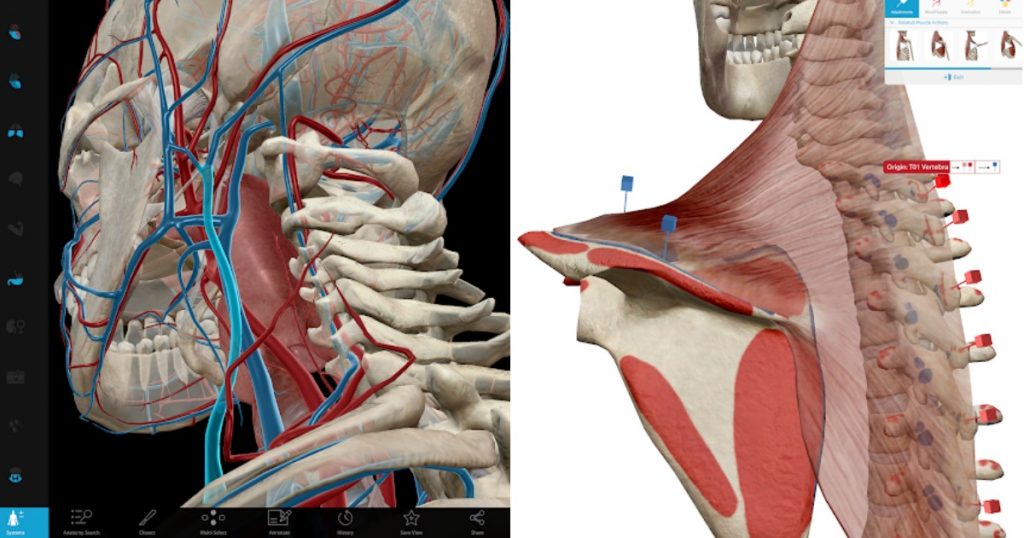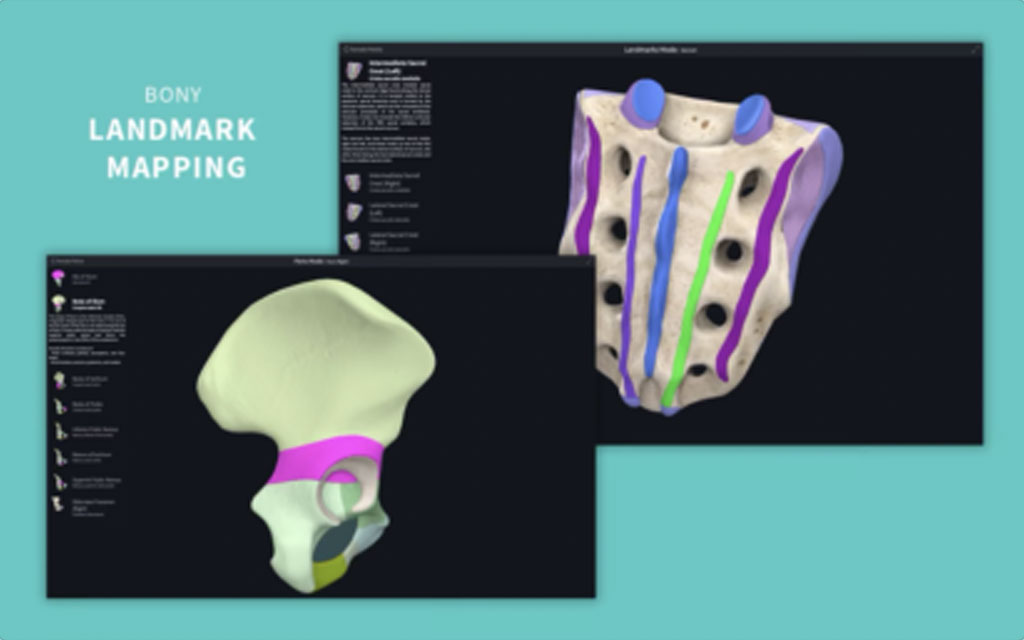
 The Whole Grain Stamp is a widely used marker on food products. The study assessed five USDA criteria that identify whole grains in a food product: 1) any whole grain as the first ingredient, 2) any whole grain as the first ingredient, and added sugars not being one of the first three ingredients in the ingredient list, 3) the word “whole” before any grain ingredient, 4) a carbohydrate-to-fiber ratio of less than 10:1, and 5) the industry-sponsored Whole Grain Stamp. One study revealed that inconsistent food labeling means that foods identified as “whole grain” are not always healthy. Or better yet, choose unprocessed whole grains: Amaranthīe careful when choosing foods labeled as whole grains: “Whole grain” doesn’t always mean healthy. An easy way to tell if a food product is high in 100% whole grains is to make sure it is listed first or second in the ingredient list. However, due to an increasing amount of research showing the various health benefits derived from whole grains, and even a possible detrimental effect when eating mostly refined grains, it is recommended to choose mostly whole grains instead of refined grains. The 2015-2020 Dietary Guidelines for Americans recommends eating 6 ounces of grain foods daily (based on a 2000-calorie diet) and getting at least half or 3 ounces of that grain intake from 100% whole grains. For a closer look at carbohydrates, check out our Carbohydrate Guide. Although some nutrients may be added back by fortification, other health-promoting components of whole grains such as phytochemicals cannot be replaced.Ī growing body of research shows that choosing whole grains and other less-processed, higher-quality sources of carbohydrates, and cutting back on refined grains, improves health in many ways. Refining wheat creates fluffy flour that makes light, airy breads and pastries, but the process strips away more than half of wheat’s B vitamins, 90 percent of the vitamin E, and virtually all of the fiber. The resulting highly processed grains are much lower in nutritional quality. The germ is removed because of its fat content, which can limit the shelf life of processed wheat products. Without the fibrous bran, the grain is easier to chew. Milling strips away the bran and germ and leaves only the soft, easy-to-digest endosperm. The invention of industrialized roller mills in the late 19th century changed the way we process grains. Phytochemicals and essential minerals such as magnesium, selenium and copper found in whole grains may protect against some cancers. Fiber may also help prevent the formation of small blood clots that can trigger heart attacks or strokes.
The Whole Grain Stamp is a widely used marker on food products. The study assessed five USDA criteria that identify whole grains in a food product: 1) any whole grain as the first ingredient, 2) any whole grain as the first ingredient, and added sugars not being one of the first three ingredients in the ingredient list, 3) the word “whole” before any grain ingredient, 4) a carbohydrate-to-fiber ratio of less than 10:1, and 5) the industry-sponsored Whole Grain Stamp. One study revealed that inconsistent food labeling means that foods identified as “whole grain” are not always healthy. Or better yet, choose unprocessed whole grains: Amaranthīe careful when choosing foods labeled as whole grains: “Whole grain” doesn’t always mean healthy. An easy way to tell if a food product is high in 100% whole grains is to make sure it is listed first or second in the ingredient list. However, due to an increasing amount of research showing the various health benefits derived from whole grains, and even a possible detrimental effect when eating mostly refined grains, it is recommended to choose mostly whole grains instead of refined grains. The 2015-2020 Dietary Guidelines for Americans recommends eating 6 ounces of grain foods daily (based on a 2000-calorie diet) and getting at least half or 3 ounces of that grain intake from 100% whole grains. For a closer look at carbohydrates, check out our Carbohydrate Guide. Although some nutrients may be added back by fortification, other health-promoting components of whole grains such as phytochemicals cannot be replaced.Ī growing body of research shows that choosing whole grains and other less-processed, higher-quality sources of carbohydrates, and cutting back on refined grains, improves health in many ways. Refining wheat creates fluffy flour that makes light, airy breads and pastries, but the process strips away more than half of wheat’s B vitamins, 90 percent of the vitamin E, and virtually all of the fiber. The resulting highly processed grains are much lower in nutritional quality. The germ is removed because of its fat content, which can limit the shelf life of processed wheat products. Without the fibrous bran, the grain is easier to chew. Milling strips away the bran and germ and leaves only the soft, easy-to-digest endosperm. The invention of industrialized roller mills in the late 19th century changed the way we process grains. Phytochemicals and essential minerals such as magnesium, selenium and copper found in whole grains may protect against some cancers. Fiber may also help prevent the formation of small blood clots that can trigger heart attacks or strokes. 

Fiber helps lower cholesterol as well as move waste through the digestive tract.Bran and fiber slow the breakdown of starch into glucose-thus maintaining a steady blood sugar rather than causing sharp spikes.These components have various effects on our bodies: The endosperm is the interior layer that holds carbohydrates, protein, and small amounts of some B vitamins and minerals. The germ is the core of the seed where growth occurs it is rich in healthy fats, vitamin E, B vitamins, phytochemicals, and antioxidants. Phytochemicals are natural chemical compounds in plants that have been researched for their role in disease prevention.

The bran is the fiber-rich outer layer that supplies B vitamins, iron, copper, zinc, magnesium, antioxidants, and phytochemicals. Each section houses health-promoting nutrients. Whole grains offer a “complete package” of health benefits, unlike refined grains, which are stripped of valuable nutrients in the refining process.Īll whole grain kernels contain three parts: the bran, germ, and endosperm. Choose whole grains instead of refined grains.








 0 kommentar(er)
0 kommentar(er)
